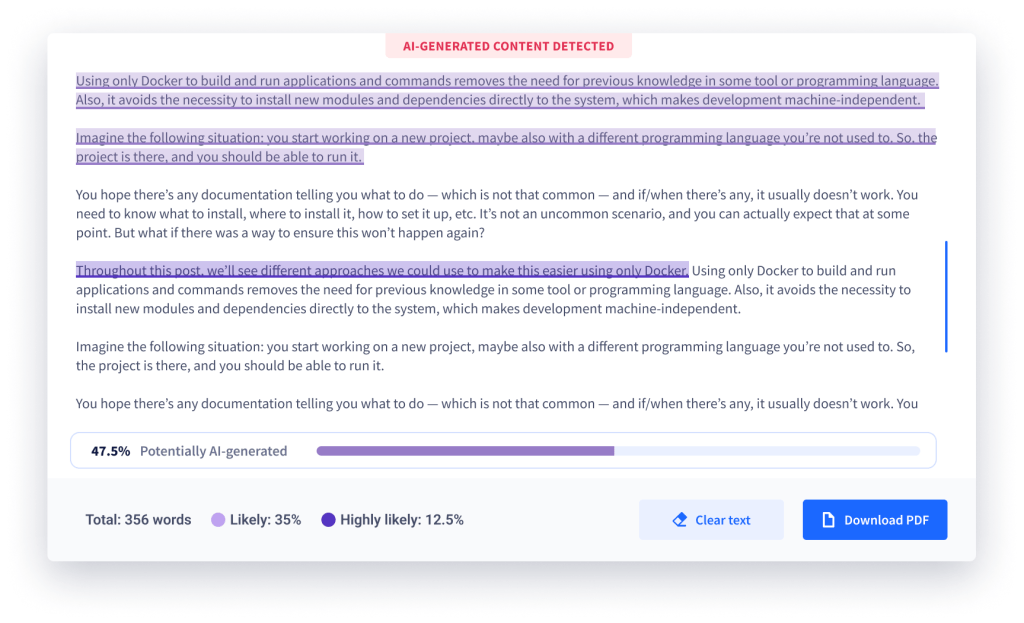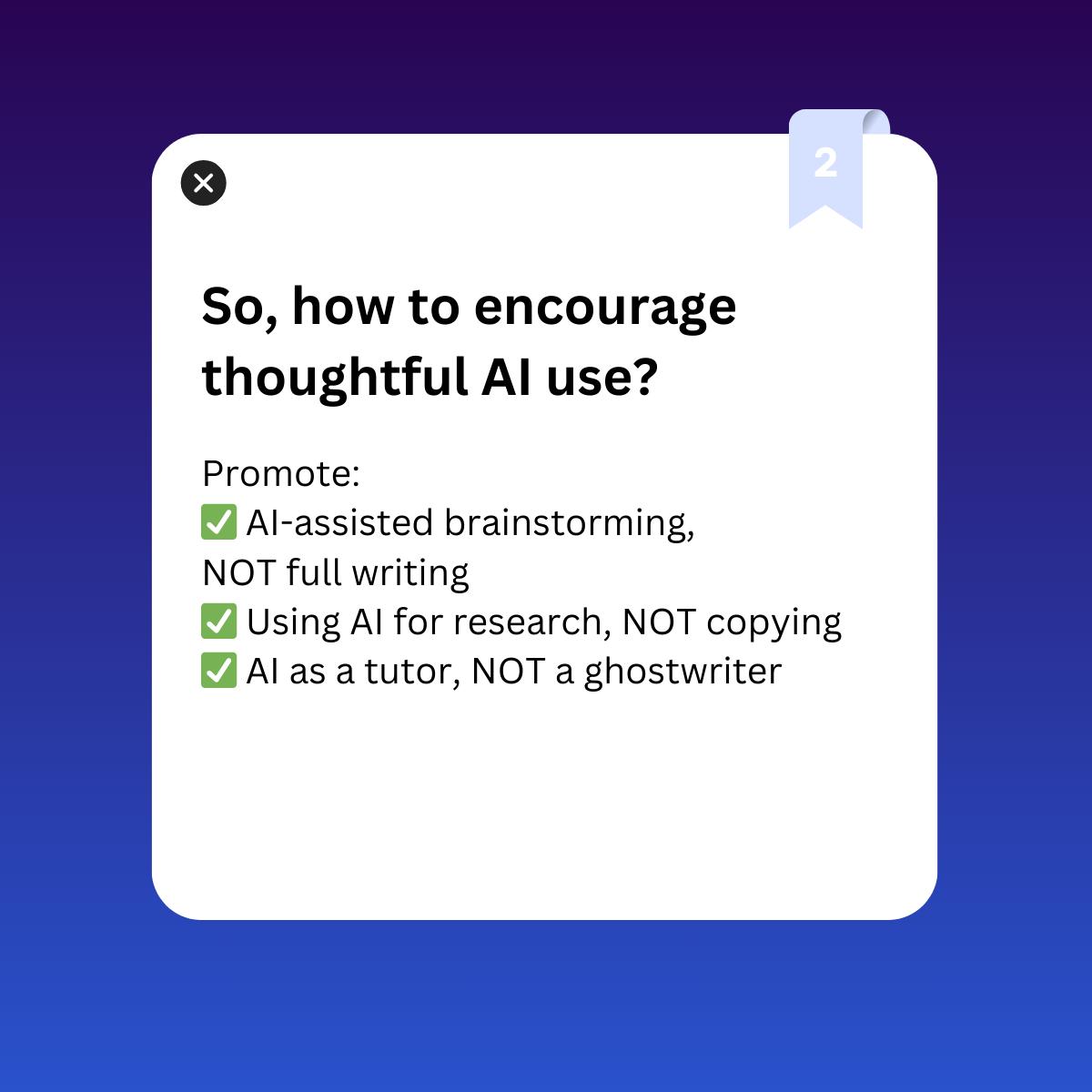What are AI Detectors?
AI Detectors are tools used to determine whether the content is partly or entirely AI-generated or human-made. AI Detectors can analyze text, images, or video content. They are also called AI Checkers or AI Content detectors.
AI-generated Text Detectors or AI Writing Detectors distinguish text likely generated by AI chatbots, such as ChatGPT or Gemini, and human-written content.
How accurate are AI Detectors?
Do AI detectors really work? An accurate AI Content Detector must detect at least 80% of AI with minimum false-positive results.
Accuracy depends on many criteria:
- Has the AI Detector been trained on a sufficient number of data sets?
- Does the tool recognize the latest models of AI generators?
- Does AI Detector continue to develop its algorithms, along with the development of AI writing?
The highest accuracy (95-99%) is observed in detectors that use the author’s recognition models and give a reliable verdict with percentages. Accuracy is one of the most important criteria when choosing AI Detector.
Do colleges use AI Detectors?
Leading institutes and colleges are the first to use AI content detectors to ensure academic integrity and quality learning in a conducive environment. How can one quickly, accurately, and impartially determine whether students are passing off a text written by artificial intelligence for their own? AI plagiarism has become a new challenge for teachers and professors. However, a reliable AI Detector for teachers, such as PlagiarismCheck, can withstand this challenge.
The detector can function as a stand-alone tool or be integrated into a Plagiarism checker tool. This way, you will receive a simultaneous analysis of matching content, authorship, and presence of AI-generated parts in the text. Also, the tool can be easily integrated into Canvas, Moodle, Google Classroom, or other LMS, or used as a browser add-on. Quick analysis and convenient, complete reports will ensure the best result.
AI Detecting algorithms
So, how do AI Detectors work? Machine-learning algorithms measure metrics characteristic of human language and identify patterns of artificial intelligence. An AI detector model can be based on the analysis of predictability, level of randomness, the structure of sentences and the entire text, typical properties of AI and human grammar, syntax, etc.
For example, PlagiarismCheck’s AI recognition model is based on calculating various parameters, including text randomness. Human language is characterized by a higher level of randomness and creativity and a lower probability level, while machine-written text is the opposite. Besides that, these tools analyze numerous other regularly updated parameters, including individual words, sentences, and the text as a whole. This way, AI detection algorithms evolve along with the development of AI chatbots.
Sometimes the AI model writes too human-like, and the human writes like a machine, which can lead to false-positive results. However, reliabilе AI Detectors can also determine the confidence of the verdict depending on the percentage level of compliance of the text with the analyzed criteria. Thus, the accuracy of PlagiarismCheck reaches 97% and continues to grow.

Conclusion
When implemented in an ethical way, AI tools can be beneficial for studying.

Understanding how the AI detector works is essential to choose the best one. So, is there an AI content detector that can accurately, quickly, and reliably determine the presence of AI-generated content in a text? Try PlagiarismCheck and see for yourself.






